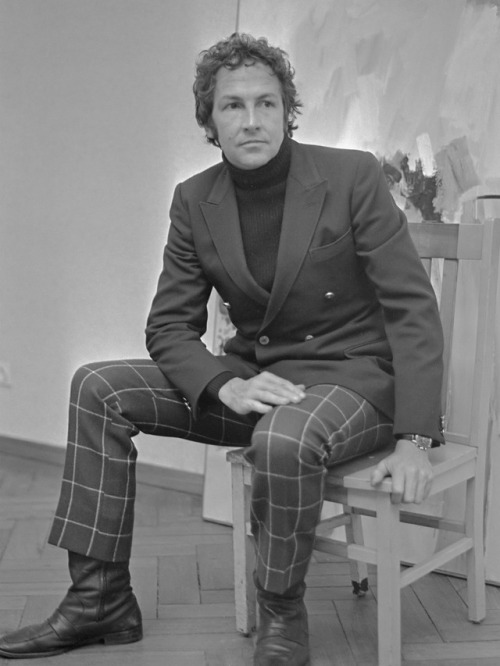
Early LGBT Organization in Houston
In 1969, the Stonewall Riots kicked off the modern Gay Rights movement. But organization around the country didn’t immediately follow. In Texas, it would take almost 10 years to bring the LGBT community together. In 1975, the Houston Gay Political Caucus (today the Houston GLBT Political Caucus) was organized by Pokey Anderson, Bill Buie, Hugh Crell, and Keith McGee. The Caucus worked to elect LGBT friendly politicians in Houston and throughout the state. Though they had some successes politically, they weren’t a social movement that could get the entire LGBT community involved. They were, however, instrumental in providing the organization for the events that did.

Anita Bryant Comes to Town
In June of 1977, the Texas State Bar Association invited singer and anti-LGBT spokesperson Anita Bryant to perform at their annual convention in Houston. Houston’s LGBT population protested. Loudly. Gary Van Ooteghem, president of the Houston Gay Political Caucus, and Ray Hill organized a protest outside the hotel where Bryant performed, including speakers at the nearby Houston Public Library. The organizers told the police they expected about 500 people. The crowd would reach more than 8,000 people by the end of the night.

Town Meeting 1
Capitalizing on the momentum of the Anita Bryant Protests, Hill and Van Ooteghem organized Town Meeting 1 at the Astro Arena the following year. More than 3,000 people attended a day of speakers, including Hill, Frances Farenthold (a gubernatorial candidate), Bob Baskir, and Donald Embinder. Though some thought the meeting suffered from trying to do too much at once, it spawned a number of new LGBT organizations and helped keep momentum going for LGBT rights advocacy in Houston and throughout Texas. You can take a look at a review of Town Meeting 1 in LXIX here (There’s a bit of nudity in the magazine, but not in the review of the meeting, which is the first article). The first Gay Pride Parade kicked off in Houston in 1979 and attracted 5,000 people. The Parade has continued annually until the present, with the 2016 parade drawing 500,000 or more people.




